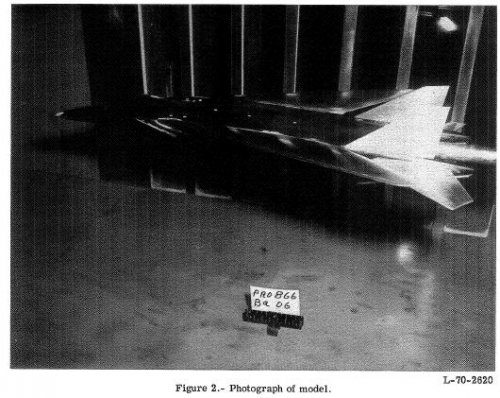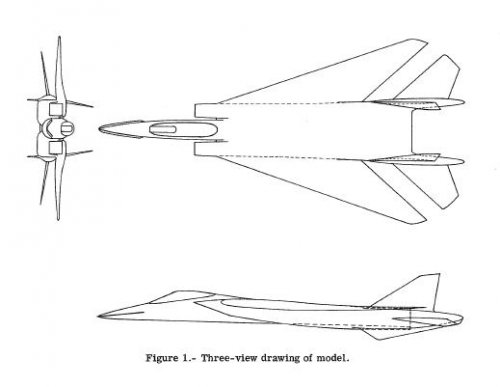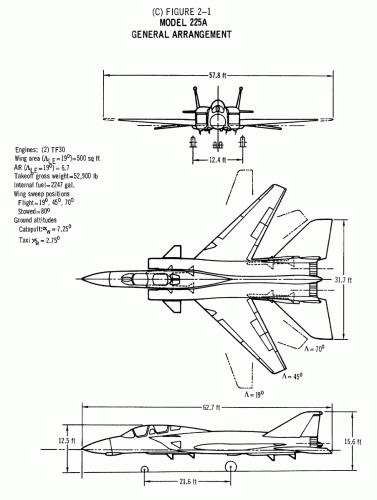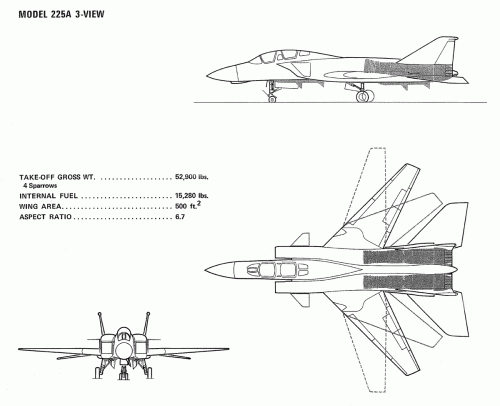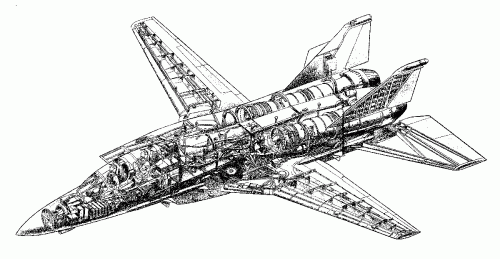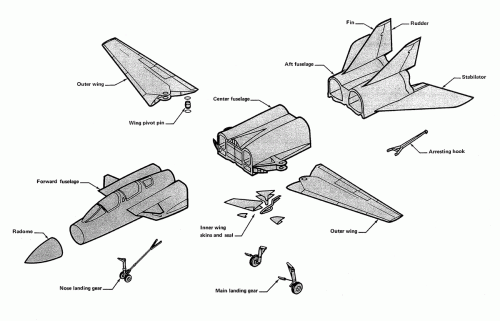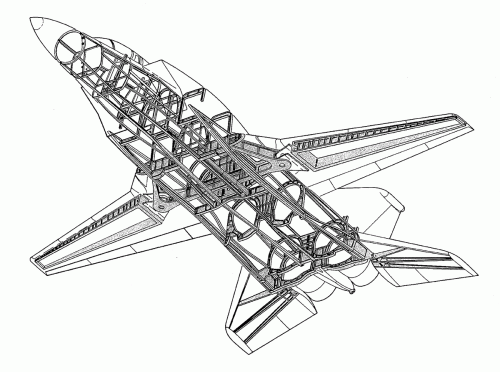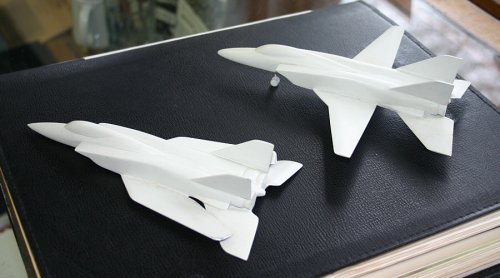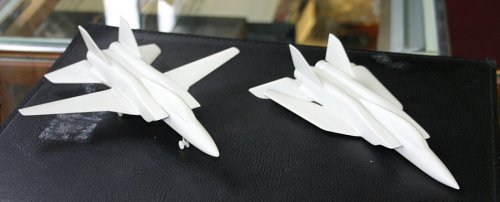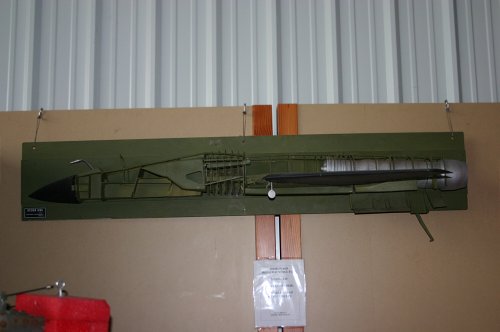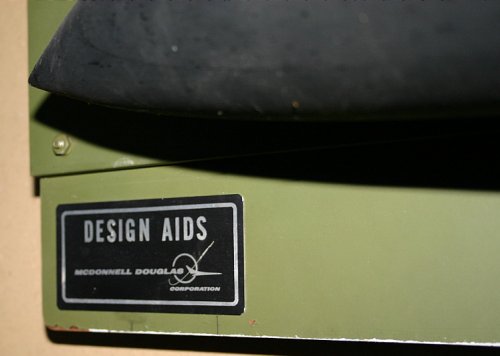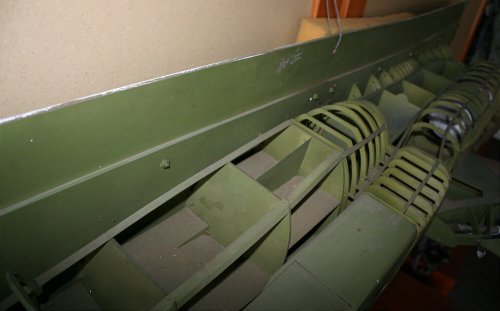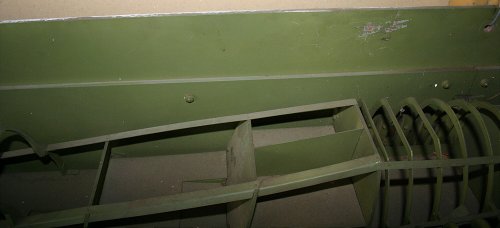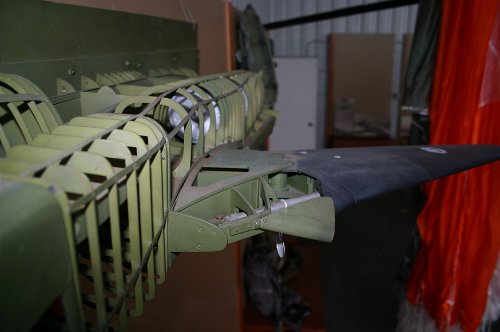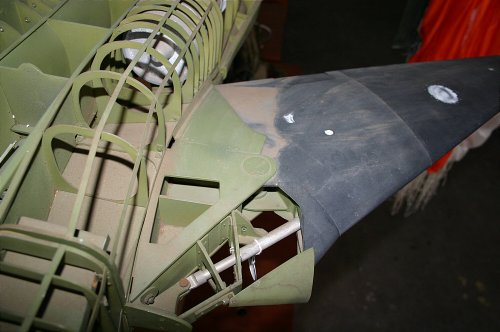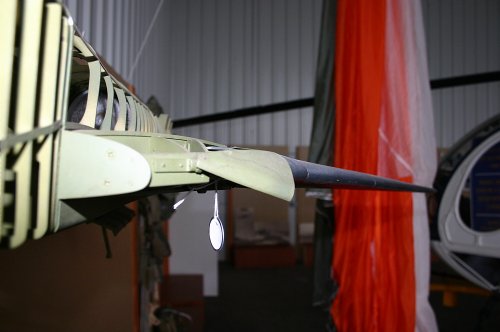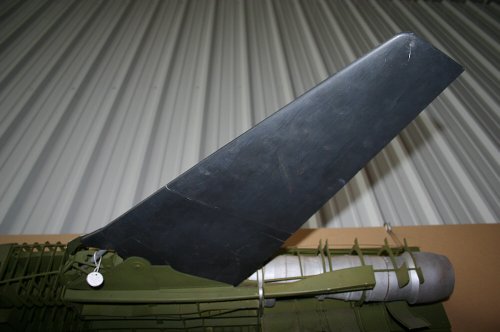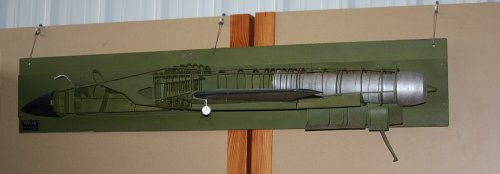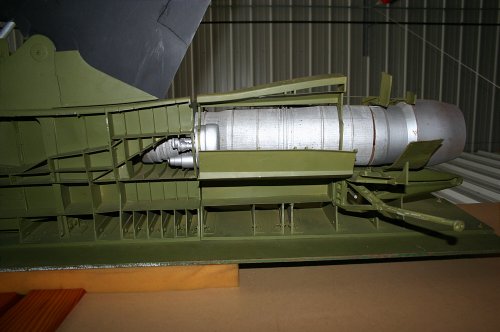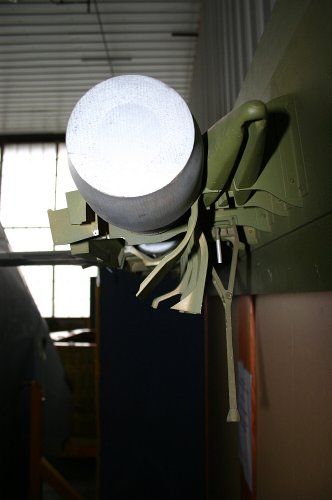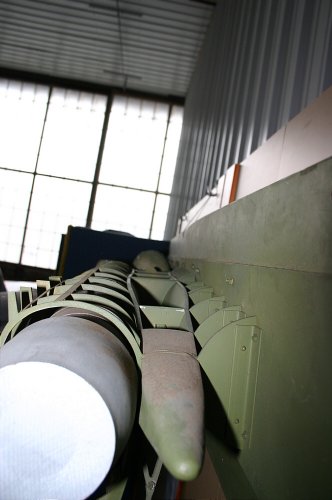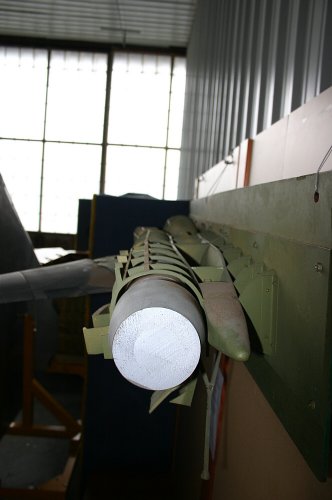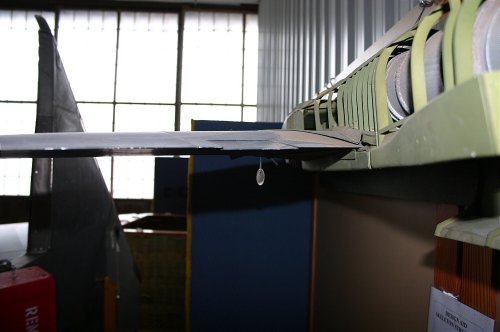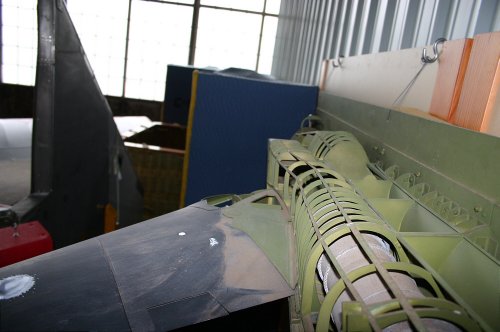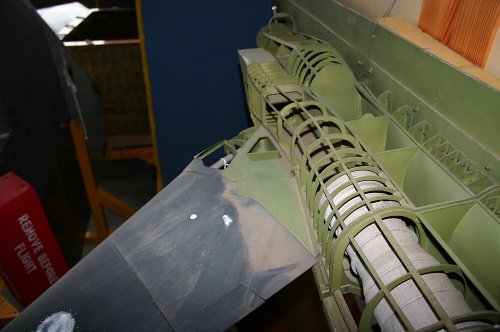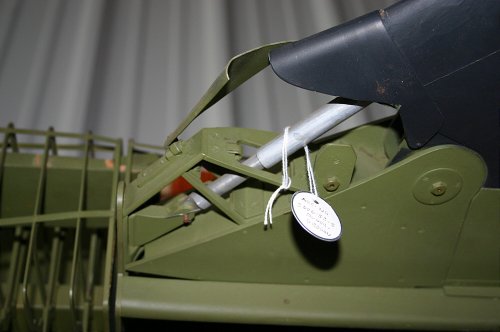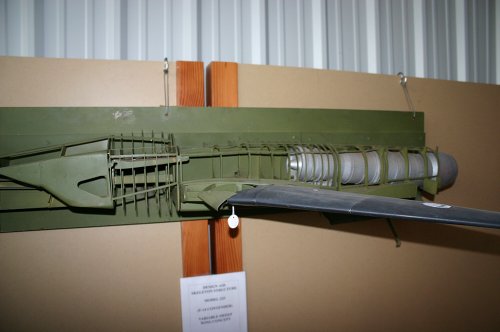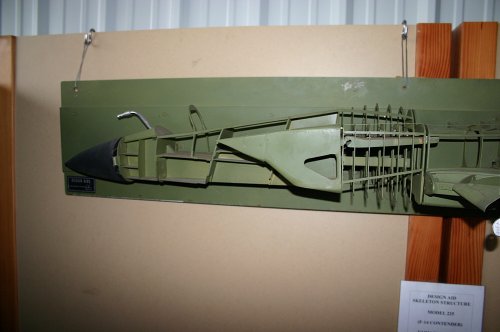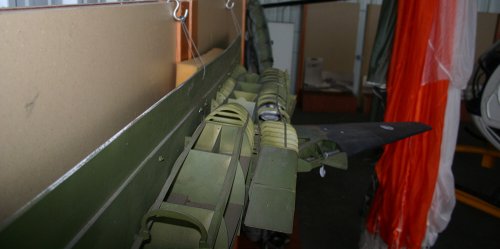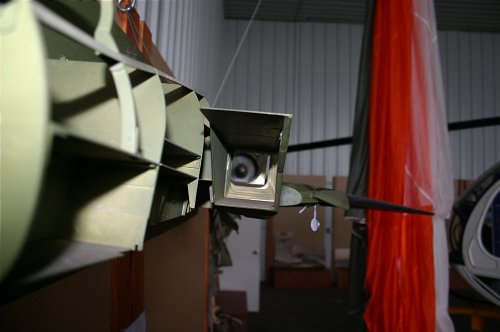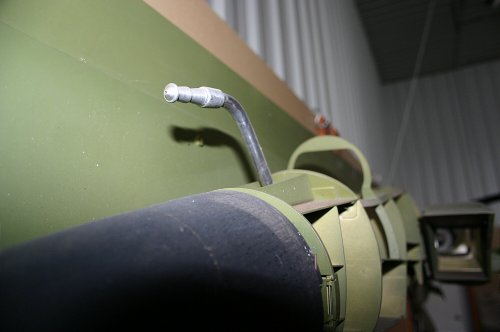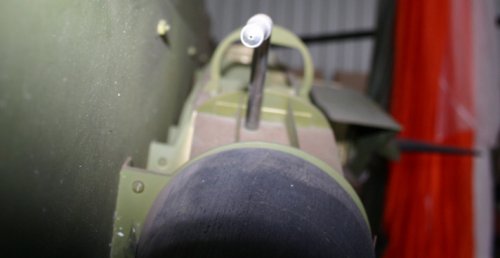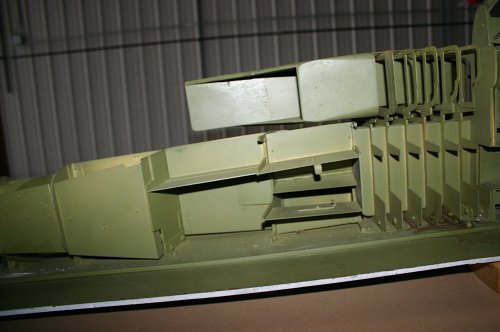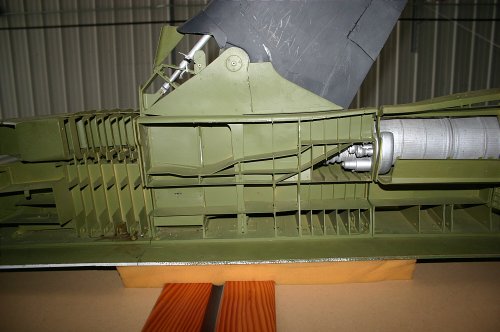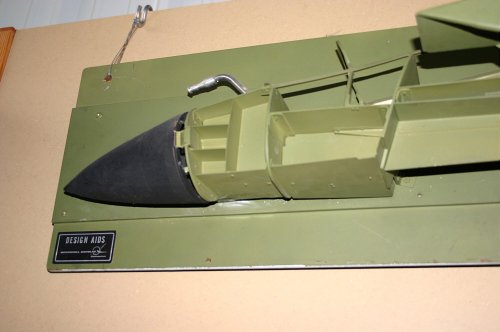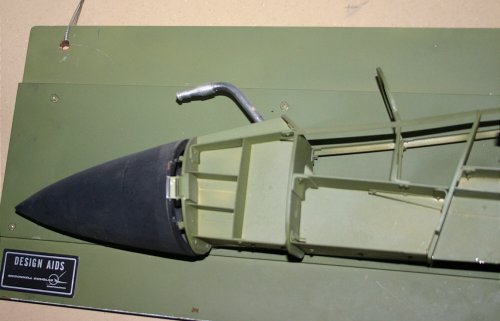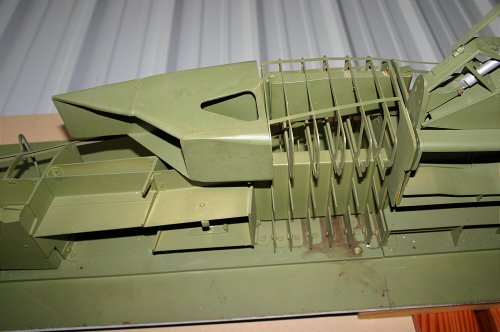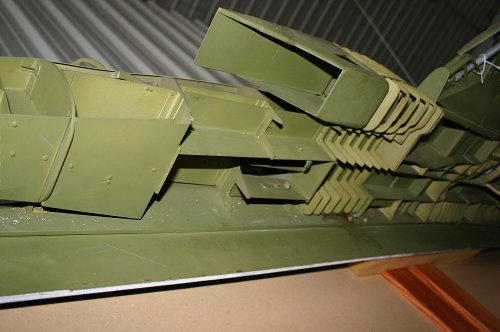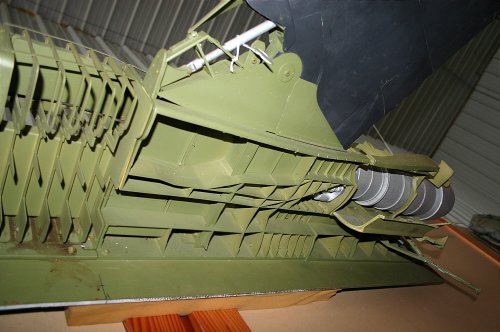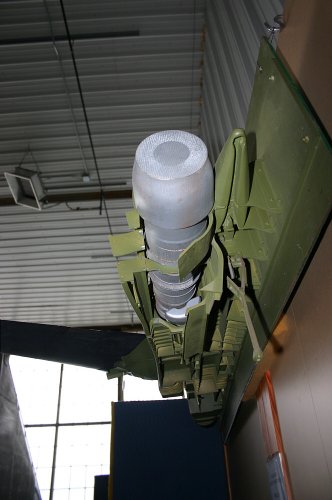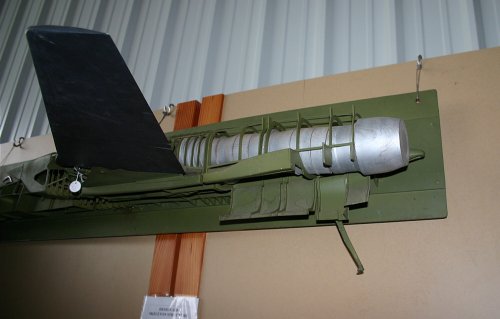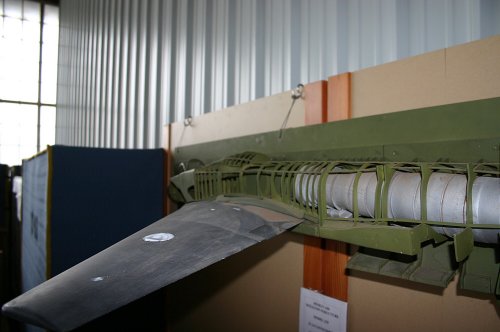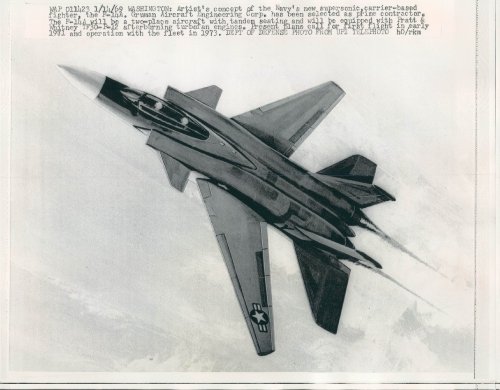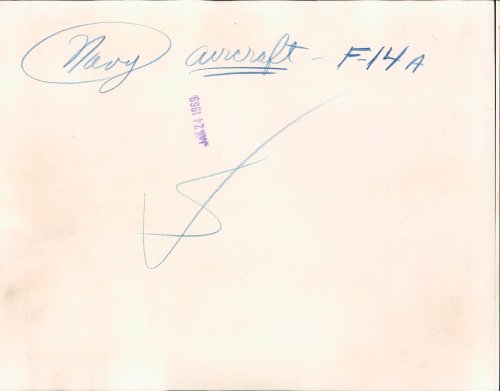- Joined
- 8 January 2006
- Messages
- 1,605
- Reaction score
- 677
F-14D said:Only McDonnell's and Grumman's designs were able to meet the Navy requirements, and McDonnell's only barely. Grumman's design was head and shoulders above everyone else's. But like all the designs, it was based on the Gov't being able to deliver the F401, which didn't happen. The F-14A was never meant to be a production model, it was supposed to be a development version of which only 13-69 would be built to d a lot of the testing since the airframe was running well ahead of the engine development. The [original] F-14B was to be the first production standard model with the definitive engine and other changes for series production (including an APU). In effect what happened would be the equivalent of the vast majority of F-22s being EMD models.
It should be noted that the inability to deliver the F401 was partially due to a crusade against it by a member of the House of Representatives in 1974. His battlecry was "The TF30 is good enough!" and, after two F401 test engines were brought back from the test cells in pieces over the space of a week, he managed to marshall enough support to kill the program. Four years later, with the TF30, which he forced the USN to keep, causing real problems, he charged that "The Navy bought a "Turkey", not a 'Tomcat'!" needless to say, he said nothing about his role in this mess. To some degree, he was emulating his mentor and the sernior senator from his state, WIlliam Proxmire, but with less, IMHO, intelligence. This Representative went on to become president Clinton's first SecDef, Les Aspin.
If you're wondering how/why I remember all this, the F401 cancellation got me laid off from P&W's FLordia R&D Center.

